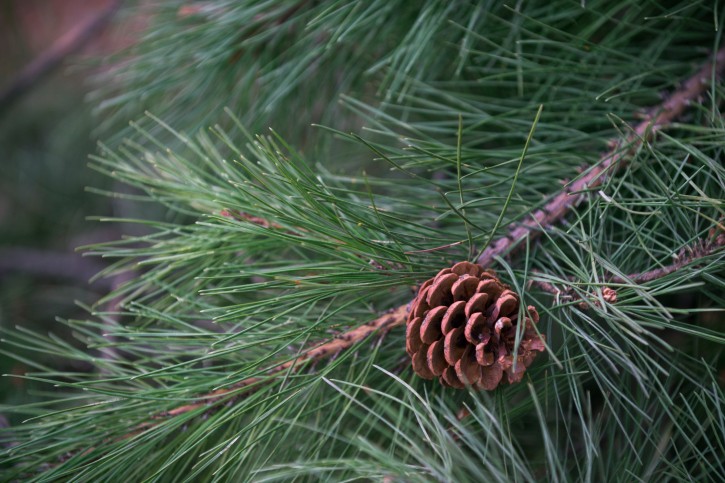Advertisement
If you’re ever running low on food out in the Canadian wilds, head for the nearest pine tree—the bark, sap, needles, cones and seeds from the entire pine family can provide emergency nourishment.
Bark and sap: Very high in vitamins C and A and many other nutrients, the inner bark of pines can be eaten raw, cut into thin strips and cooked like spaghetti, or dried and powdered as a thickener for soups and stews. The sugary sap can be used as syrup, and both the sap and inner bark can be made into a nutritious tea.
Advertisement
Needles: Rich in the same nutrients as the inner bark, pine needles can be chewed or made into tea. Chew the needles for about five minutes before spitting them out, swallowing the juices only. For tea, pick the newest growth of needles available and steep a generous teaspoonful in boiled water. Be careful not to steep too long, as that will lessen the nutrient content.
Cones and seeds: The woody cones are female and produce seeds, which are delicious when roasted and shelled. The softer cones are male and produce the pollen. Both the seeds and pollen are rich in nutrients. Harvesting the tiny seeds from the hard cones can be a challenge, however, so you’ll need a hammer or rock. Young female cones can also be ground into a powder and sprinkled over other food for added nutrition. As for the soft cones, you can practically scoop the plentiful pollen up and eat it, but the taste is very strong, so it’s better if used in cooking.

